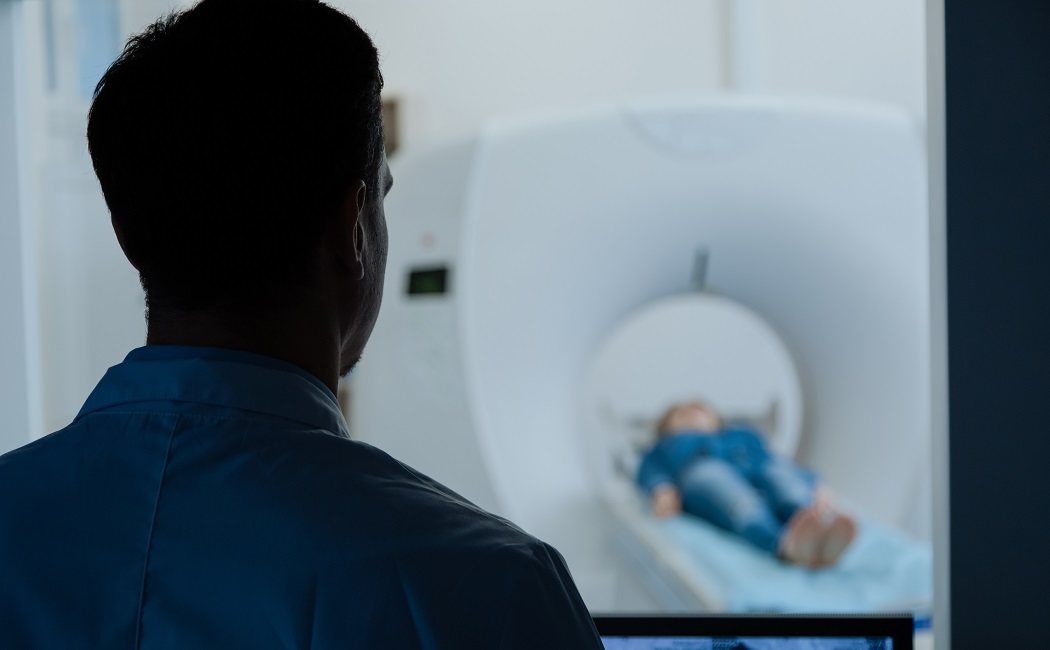The word metastasis is very frightening because it means that the cancer is spreading. Why is this?
You may have heard the term “Metastatic” or when cancer spreads within the body of an affected person. Why do cancer cells spread when normal cells remain in the same location? And how do they end up in parts of the body that are far from the original tumor?
spread
Cancer from the beginning can be treated with surgery and other treatments such as chemotherapy, but there is some fear among both doctors and patients that it will spread, that is, that the cancer will spread. which is often the cause of up to 90% of cancer deaths. Fortunately, Studies are currently being conducted to try and stop the spread of cancer.
Why does cancer spread?
Cancer begins after a series of mutations that lead to cells dividing as if they are immortal. This is followed by the growth of tumors that can invade nearby tissues and organs. But how are cancer cells separated from tumors? (as opposed to normal cells)? Why do they remain in the organs where they live and spread?
A simple way to look at it is that normal cells are “sticky.” Cells stick together. Scientifically normal cells produce substances called adhesion molecules that cause them to stick together. Adhesion molecules can be seen similar to glue. Cancer cells, on the other hand, lack adhesion molecules. This allows them to separate and move. Normal cells also understand their limits better than cancer cells by communicating with surrounding cells and tissues.
Channels of cancer spread
When cancer cells fall out (fell out due to lack of adhesive chemicals that bind to the tumor and other mechanisms) cells can move and move around. body freely There are three main routes you can take:
- Locally. The first place cancer spreads is near the area where the tumor started. Doctors use the terms “local” or “regional” to describe this type of spread. In some ways, this is like the growth of a benign tumor. But in another sense It’s different. Even benign tumors can cause problems. (Especially if they are in an enclosed space like the brain.) These tumors tend to be more respectful of the surrounding tissue. and damage only when they press on nearby tissue. Cancers, on the other hand, ignore these boundaries and can invade adjacent tissues and organs regionally or locally near the original tumor. This extension resembles a claw in the surrounding tissue.
- in the bloodstream Cancer cells can also circulate through the bloodstream to be transported throughout the body.
- through the lymphatic system The lymphatic system plays an important role in protecting the body from cancer. But it can also act as a way for cancer to spread. After spreading in the area Cancer tends to spread to nearby lymph nodes through the lymph channels.
 spread The spread (metastasis) of a tumor is the cause of most cancer deaths.
spread The spread (metastasis) of a tumor is the cause of most cancer deaths.What will happen next?
When cancer cells spread to other parts of the body and begin to form tumors. Tumors require a source of nutrients. They achieve this goal through the process of creating new blood vessels to provide nutrients to the cancer. This is called angiogenesis. Medicines called angiogenesis inhibitors are used for certain types of cancer. And efforts are being made to find drugs that stop the angiogenic process by which tumors grow.
spread The spread (metastasis) of a tumor is the cause of most cancer deaths. But the consequences can vary depending on where the cancer has spread. Spread to the brain can cause seizures, paralysis, and death. Metastasis to the lungs can lead to decreased lung function. Spread to bone can cause bone fractures and fracture-related disability.

